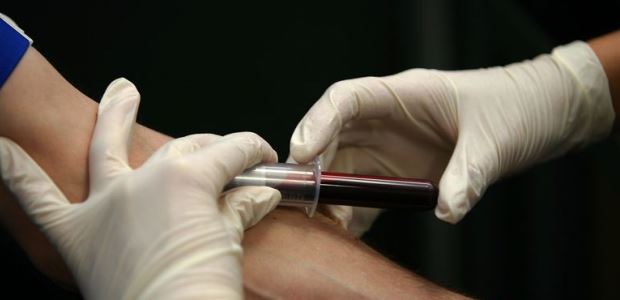
Bloodborne Pathogens Compliance Still a Concern
Two former OSHA staffers identified the agency's most-cited violations during 25 years of enforcement (1991-2015), presenting their findings at AIHce EXP 2018.
PHILADELPHIA -- Having an OSHA standard in place for more than a quarter century is no guarantee that compliance with it is ensured. In fact, widespread non-compliance may be continuing, as two former OSHA staffers reported during a May 23 session at AIHce EXP 2018 here.
Amber Mitchell, DrPH, MPH, president and executive director of the International Safety Center, and Michael Pannell, Ph.D., CIH, of the NASA Stennis Space Center, checked about 100,000 OSHA inspections conducted from 1991 to 2015 and then focused on 31,066 of them in which a total of 77,142 violations of the OSHA bloodborne pathogens standard were cited. They found that the inspections dropped off significantly during the final years of that period:
- 1991-95: 7,657
- 1996-2000: 6,226
- 2001-05: 7,478
- 2006-2010: 5,664
- 2011-14: 4,041
Exposure control plan violations were consistently cited most often -- they were cited in 33.9 percent of the 31,066 inspections -- but recordkeeping violations and having available engineering controls not in use also were relatively high in terms of citations, according to their presentation.
Mitchell said sutures and scalpels are the chief cause of sharps injuries to physicians, while syringes are for nurses. Citing data from EPInet, she said 2015 summary incident data show that 32.8 percent of health care employees who reported a bloodborne pathogens exposure said they had used a safe device, but 52 percent of them indicated the safety feature on the device was not activated at the time.
"It's pretty evident . . . that the bloodborne pathogens standard is a critical tool to make sure that [affected] employees have the greatest protection that we can offer," said Pannell. "As Amber has shown, there's a lot of non-compliance, even when safety devices are used."
"Inspections have decreased quite a lot, and then the focus areas are the exposure control plan," Mitchell said.